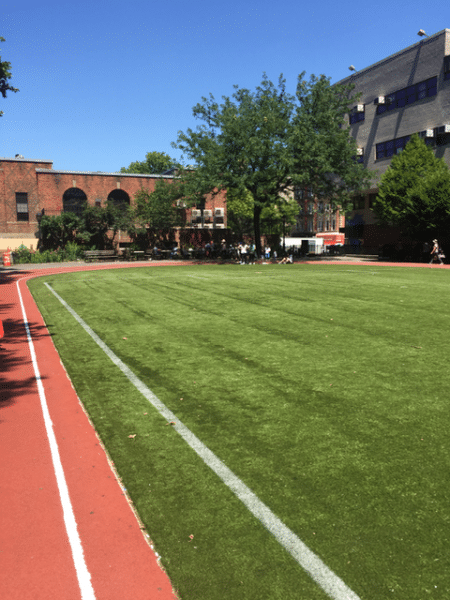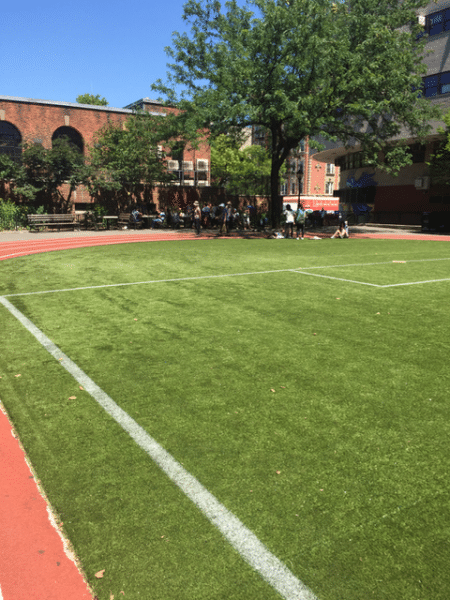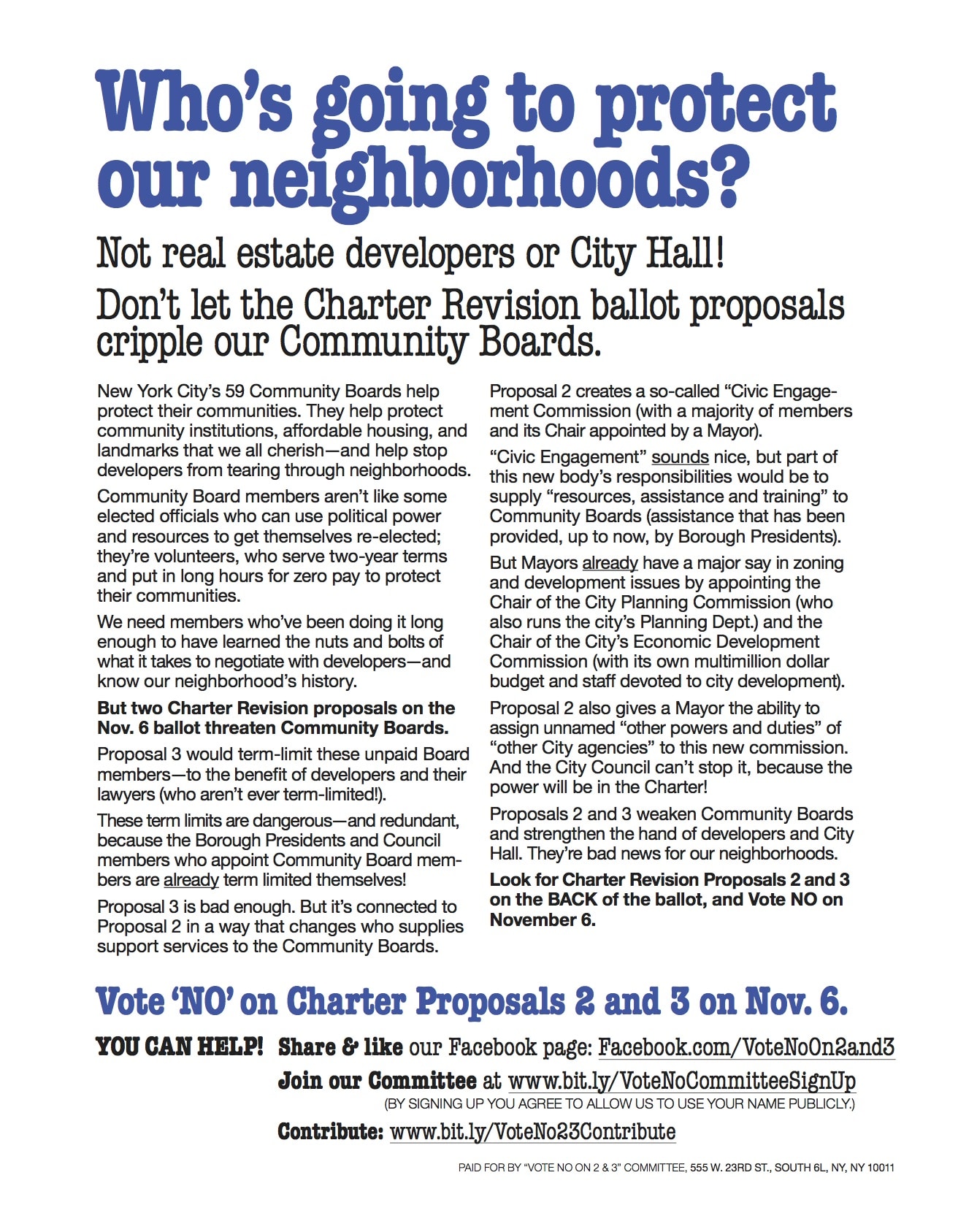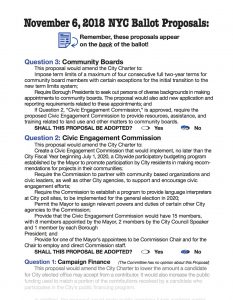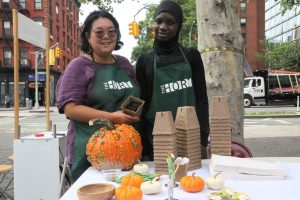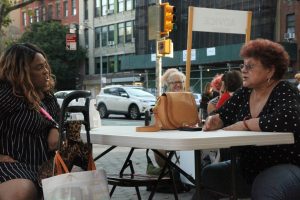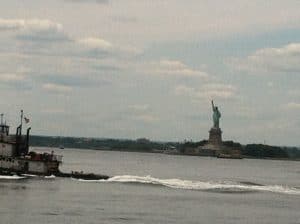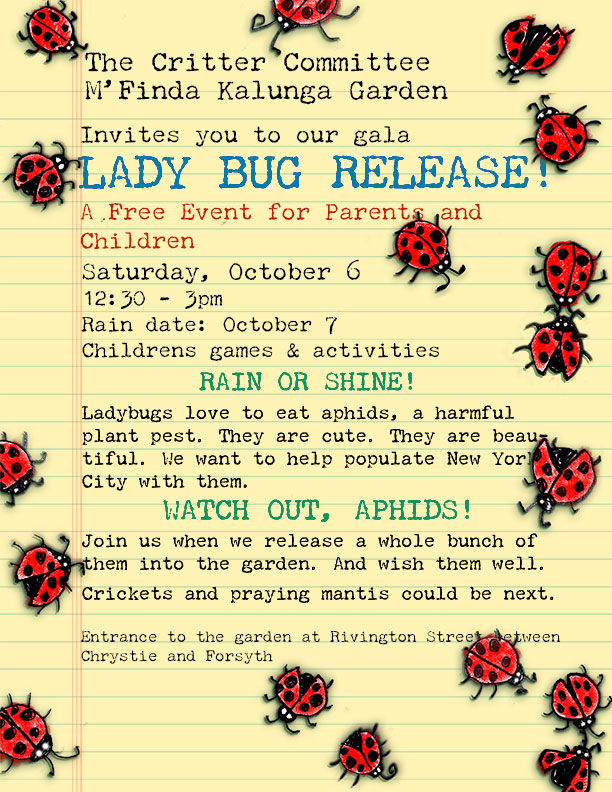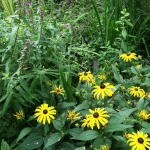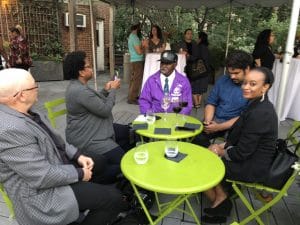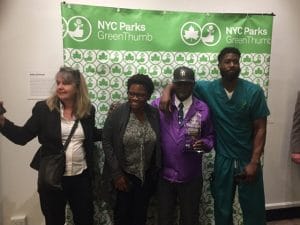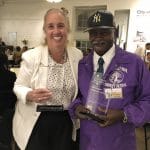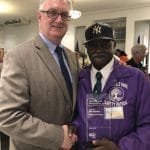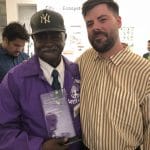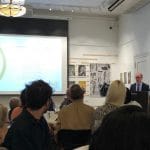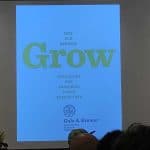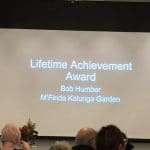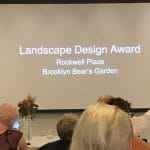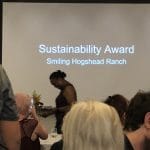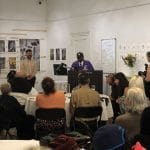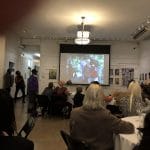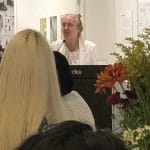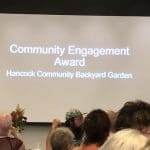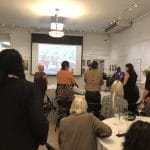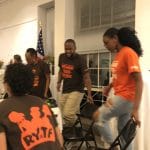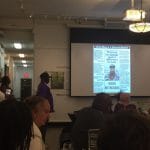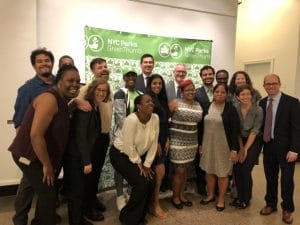“Charter Revision Commission: vote NO on #2 and #3.
-Tuesday, November 6, 2018, Election Day. In NYC, turn over the ballot and be sure to vote on the 3 referendum questions, and vote NO on #2 and #3. Tell your friends.
I know you’re used to hearing from me about what’s going on in the office and events listings, but I’m writing today—from my personal account!— with an important message about the NYC Charter Revision Proposals on the November 6, 2018 ballot.
I’m writing to let you know that I am opposing Charter Revision Proposals 2 & 3—and I hope you’ll join me.
Proposal 3 would term-limit the unpaid members of the City’s 59 Community Boards (yes, all 2,950 of them) and Proposal 2 would shift who provides services to those boards (among other things).
These proposals would be a real—and in some cases dangerous—disruption to the way Community Boards protect our communities.
Community Boards are truly the grass roots of city government; these citizens volunteer their time to help decide everything from liquor licenses to city services to land use, zoning and real estate development in their districts (and almost everything in between). I served on CB 7 in the 1990s.
Land use and zoning regulations are hard to learn; it takes time. And city agencies take time—sometimes a LOT of time—to complete projects. Yet Proposal 3 rigidly terminates all members after eight years. It would have the effect of allowing developers and their lawyers—who are never term limited!—to dominate development negotiations, because those long-time members will be gone. And on long-term city projects like street redesign or sustainability, newly-appointed community board members would have little influence over long-term projects. Every Board’s institutional memory would be wiped out.
Term limits are not just dangerous, they’re redundant—since Borough Presidents and City Council members are already term-limited!
Proposal 3’s language ends by referencing Proposal 2’s “Civic Engagement Commission” as a supplier of “resources, assistance and training” to the Boards—tasks that Borough Presidents do now. Proposal 3 also says this commission will be controlled by the Mayor—every Mayor going forward—and charges it with a host of other tasks as well (many of which are laudable, but could be done now, without a Charter change!).
Proposals 2 and 3 may sound appealing to voters, though, in a wolf-in-sheep’s-clothing kind of way. “Civic Engagement” hardly sounds like a bad thing, and “term limits” have been approved by New York City voters three different times over the last 25 years, most recently in 2010.
I am supporting a “Vote No on 2 & 3” committee, and we are getting the word out about the impact of these proposals. But time is short—November 6 is looming! I’d appreciate your help in a few ways…
— Please join our committee—and in so doing give us permission to use your name publicly—by signing up for our committee and their email blasts at this link: bit.ly/VoteNoSignUp Or paste this url into your browser: https://tinyletter.com/VoteNoOn2and3November6
— Like and share our Facebook page at Facebook.com/VoteNoOn2and3.
(We also have an ActBlue online contribution account at this link bit.ly/VoteNo23contribute or paste this url into your browser: https://secure.actblue.com/donate/vote-no-on-2—3-1
We’re also accepting we’re accepting checks made payable to the “No On 2 and 3 Committee” at 555 W. 23rd St., South 6L, NY, NY 10011.)
— Please let your friends and neighbors know the true impact of Charter Proposals 2 & 3. Remind them it’s important to turn out on Election Day, November 6, and that these proposals are on the BACK of the ballot. Use any of the language in this email if it would help. If you’d like to download and reprint our flyer and distribute it to your building or block, visit here: bit.ly/VoteNoFlyer1
I hope you’ll help, and soon. We have less than a month to get the word out. If you have any questions, please email our campaign account at VoteNoOn2and3Committee@gmail.com so your responses don’t get lost in my inbox—and so our volunteers can get back to you quickly.
FYI: 4 Borough Presidents signed a letter to oppose 2 and 3. Much thanks, Gale A Brewer
P.S. I explained more in an op-ed for the Manhattan CNG weeklies here: chelseanow.com/2018/09/community-board-term-limits-proposal-is-an-accidental-gift-to-developers/ Please share it with your friends!
-Mayor’s Charter Revision Commission on ballot Nov 6, 2018. These are the dates of hearings when the Mayor/Administration is trying to convince us that these are good proposals. Please attend and explain why you think they are not. The dates of these hearings are hard to find. https://www.eventbrite.com/o/new-york-city-charter-revision-commission-17790519964
Mon, October 15 | 6:30 PM
PUBLIC FORUM: QUEENS
Jewish Center of Jackson Heights
37-06 77th Street
Jackson Heights, NY 11372
Tue, October 16 | 6:30 PM
PUBLIC FORUM: STATEN ISLAND
Michael J. Petrides School
715 Ocean Terrace
Staten Island, NY 10301
Wed, October 17 | 6:30 PM
PUBLIC FORUM: THE BRONX
Metropolitan College
463 East 149 Street
Bronx, NY 10455
Thu, October 18 | 6:30 PM
PUBLIC FORUM: MANHATTAN
Gregorio Luperon High School for Science and Mathematics
501 West 165 Street?New York, NY 10032
Mon, October 22 | 6:30 PM
PUBLIC FORUM: BROOKLYN
Brooklyn College
2900 Bedford Ave
Ingersoll Hall IH-1127
Brooklyn, NY 11210
————————————————————————————-
http://www.charter2019.nyc/ The Manhattan hearing for the CHARTER REVISION COMMISSION 2019 took place on September 27, 2018 from 6pm-1:30am because so many people testified! This is the Charter Revision Commission that will have referendums on the ballot in November 2019. It is comprised of members appointed by many officials, not just the Mayor. It is reviewing the entire charter. ALL ideas are welcome. City Council/Public Advocate/Borough residents/Comptroller/Mayor are on this Charter Revision Commission that is reviewing the ENTIRE Charter for the November 2019 ballot. There will be many more hearings. Contact: info@manhattanbp.nyc.gov and put Charter Revision Commission in subject line or call 212-669-8300. We are glad to come to your organization and brief you on the charter if you wish.”

